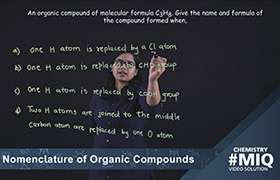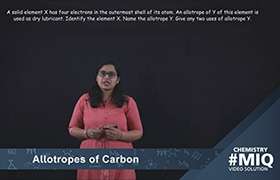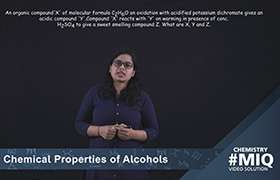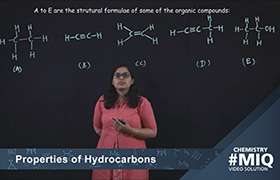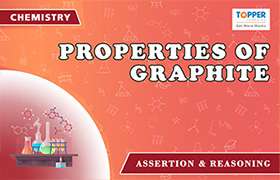CBSE Class 10 Answered
write 8 differences of ionic and
covalent compounds?
Asked by Abhilash | 20 Oct, 2012, 08:02: AM
A comparision table is as follows:
| Covalent Bonds | Ionic Bonds | |
|---|---|---|
| Polarity: | Low | High |
| Formation: | A covalent bond is formed between two non-metals that have similar electronegativities. Neither atom is "strong" enough to attract electrons from the other. For stabilization, they share their electrons from outer molecular orbit with others | An ionic bond is formed between a metal and a non-metal. Non-metals(-ve ion) are "stronger" than the metal(+ve ion) and can get electrons very easily from the metal. These two opposite ions attract each other and form the ionic bond. |
| Shape: | Definite shape | No definite shape |
| Melting point: | low | High |
| What is it?: | Covalent bonding is a form of chemical bonding between two non metallic atoms which is characterized by the sharing of pairs of electrons between atoms and other covalent bonds. | Ionic bond, also known as electrovalent bond is a type of bond formed from the electrostatic attraction between oppositely charged ions in a chemical compound. These kinds of bonds occur mainly between a metallic and a non metallic atom. |
| Boiling point: | Low | High |
| Examples: | Methane (CH4), Hydro Chloric acid (HCl) | Sodium chloride (NaCl), Sulphuric Acid (H2SO4 ) |
| Occurs between: | Two non-metals | One metal and one non-metal |
| State at room temperature: | Liquid or gaseous | Solid |
Answered by | 20 Oct, 2012, 10:02: AM
Application Videos
Concept Videos
CBSE 10 - Chemistry
Asked by parthmarch1 | 14 Dec, 2023, 08:27: PM
CBSE 10 - Chemistry
Asked by reetritu34 | 14 Dec, 2023, 07:54: AM
CBSE 10 - Chemistry
Asked by agarwalkrishnam98 | 01 Oct, 2023, 08:28: AM
CBSE 10 - Chemistry
Asked by asra964072 | 18 May, 2022, 10:03: PM
CBSE 10 - Chemistry
Asked by jainnikhil668 | 05 May, 2022, 02:00: PM
CBSE 10 - Chemistry
Asked by gsvjairam | 17 Apr, 2022, 11:32: AM
CBSE 10 - Chemistry
Asked by shubham.sharma80634 | 10 Feb, 2022, 08:43: PM
CBSE 10 - Chemistry
Asked by Trisha Gupta | 25 Jan, 2022, 03:02: PM
CBSE 10 - Chemistry
Asked by Trisha Gupta | 25 Jan, 2022, 03:01: PM
CBSE 10 - Chemistry
Asked by sivaramaraju1000 | 21 Jan, 2022, 09:05: AM

